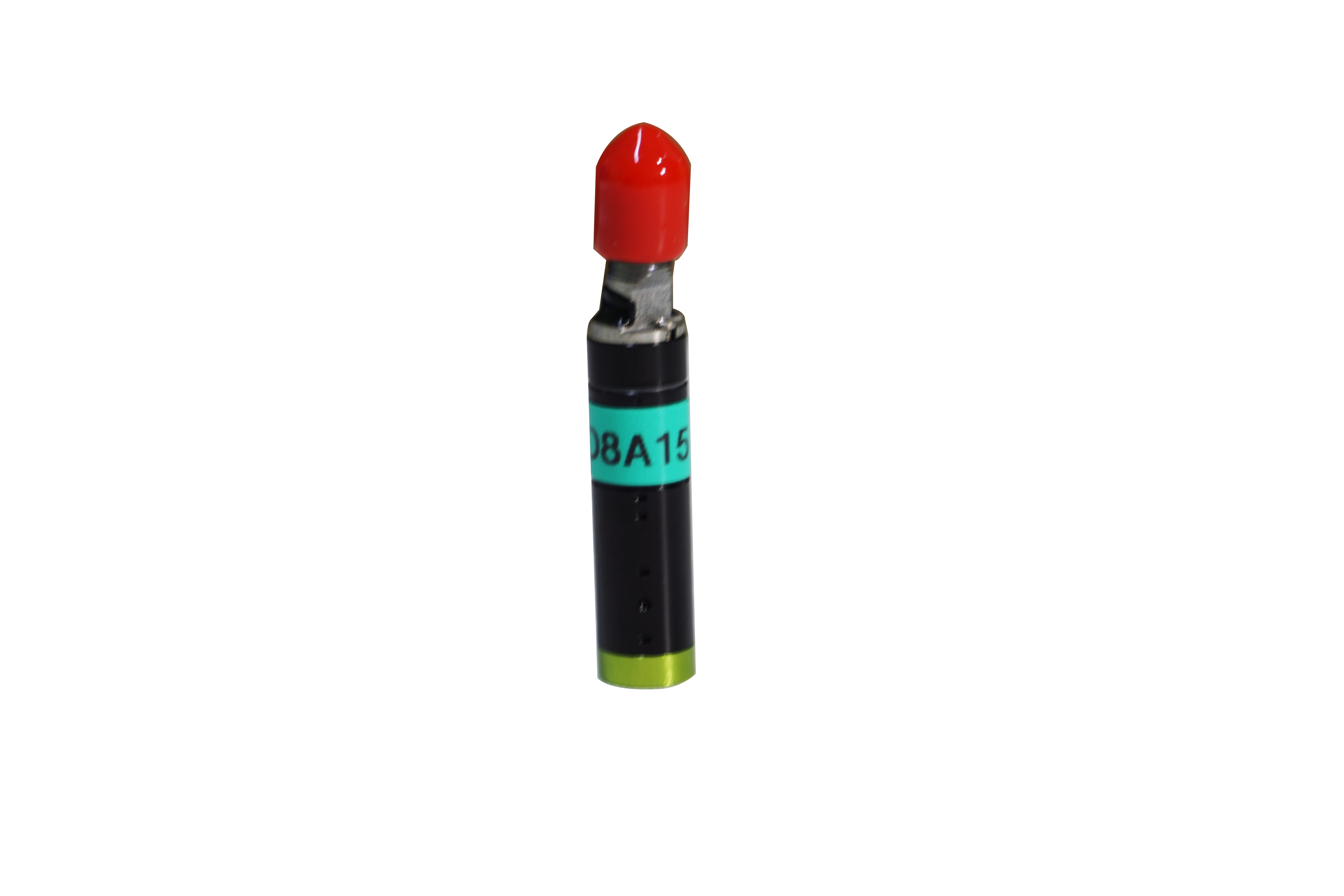2019-12-28
1. Measurement requirements
1. Three-dimensional surface morphology of positive and negative plates of lithium batteries
2. Surface roughness of positive and negative plate of lithium battery
2. Measurement steps
1. Fix the positive/negative electrode sample to the FocalStation meter
2. Open FS software and move the starting point of sample scanning directly to the head below the measurement
3. On the FS software, set scanning parameters: scanning range 1mm x 1mm, point interval 5μm, start scanning and wait until the task is complete
4. Data preprocessing, including leveling, noise reduction, etc.
5. Analysis and reporting
Three, three-dimensional surface morphology
A point cloud data cell with scanned lithium positive and negative electrodes is loaded into the MountainsMap analysis software. After pre-processing, you can use the 3D View tool to view the 3D surface morphology of the positive and negative electrodes of the lithium battery.
4. Roughness
The initial 3D surface topography data consists of two types of data: wavy surface and rough surface. Roughness analysis mainly uses data from rough surfaces, so a filter tool should be used to separate the two surfaces before performing roughness calculations.
The ISO25178 standard, which conforms to the international microsurface geometry metrology standard, is used to calculate the surface roughness of the positive and negative electrodes of lithium batteries, and various surface roughness parameters including Sq and Sa can be obtained, and roughness values can be compared. The results of the comparison will be used for feedback rolling and stirring processes. Now do you know how to measure the surface roughness of lithium battery plates? Have questions can find Li Yi consulting.



